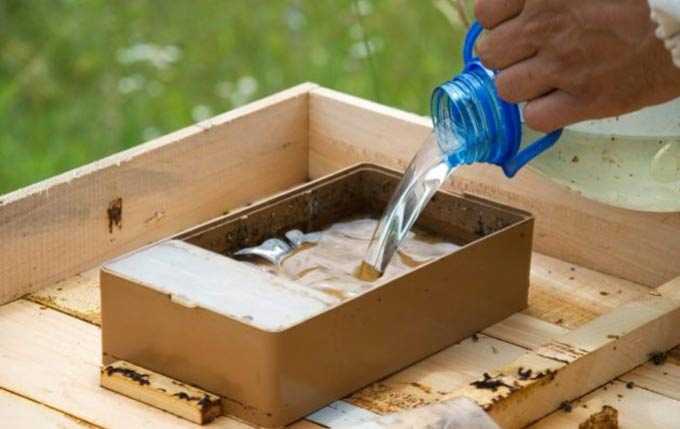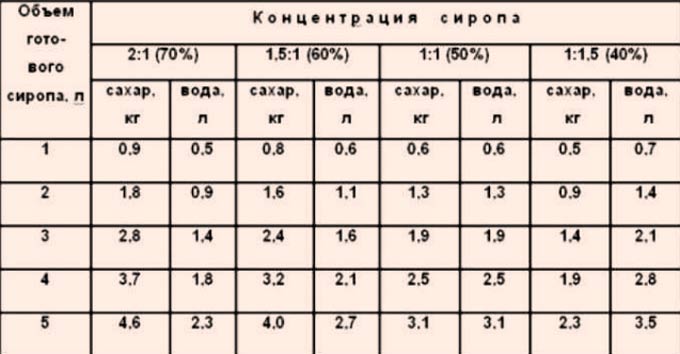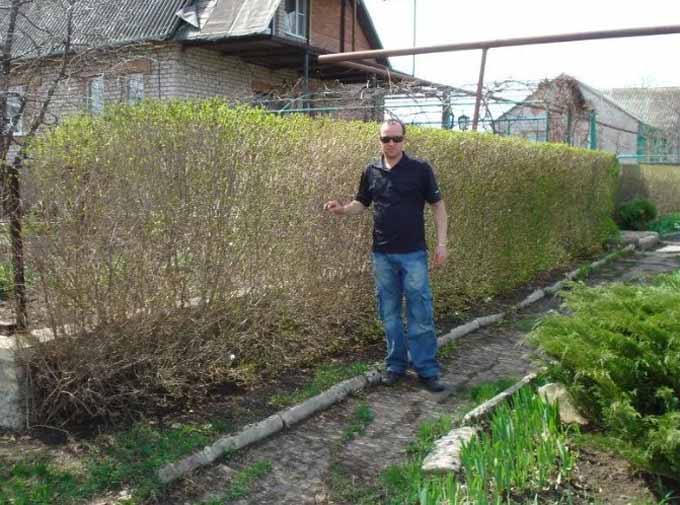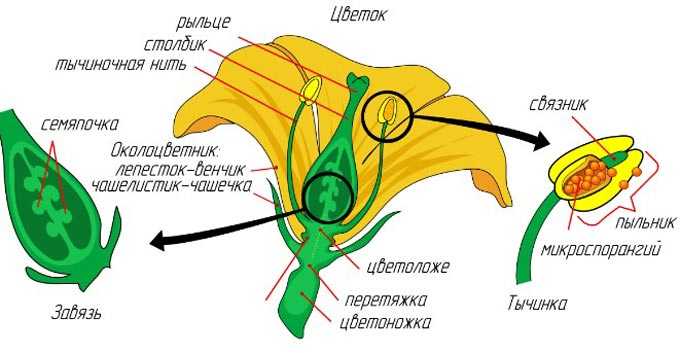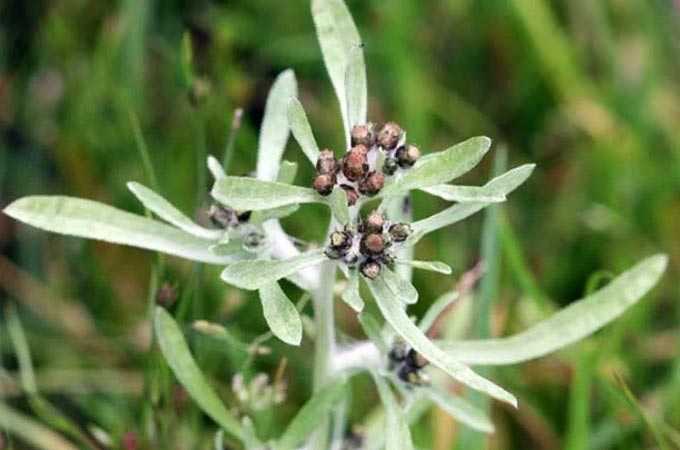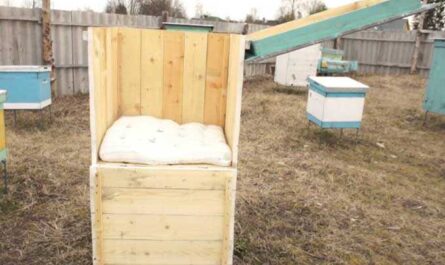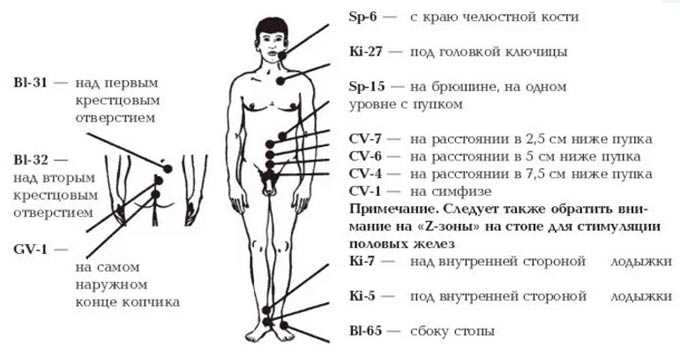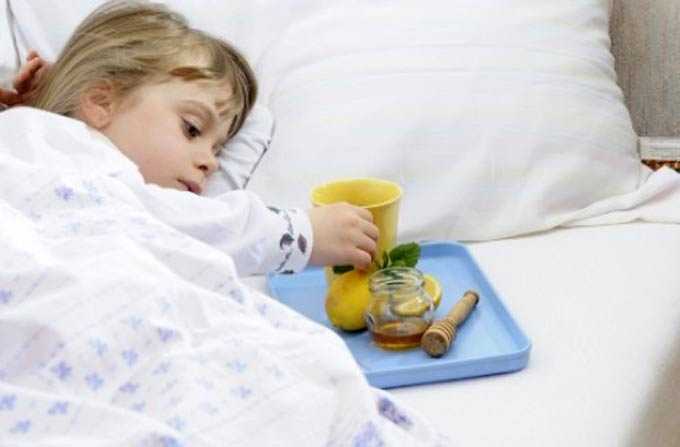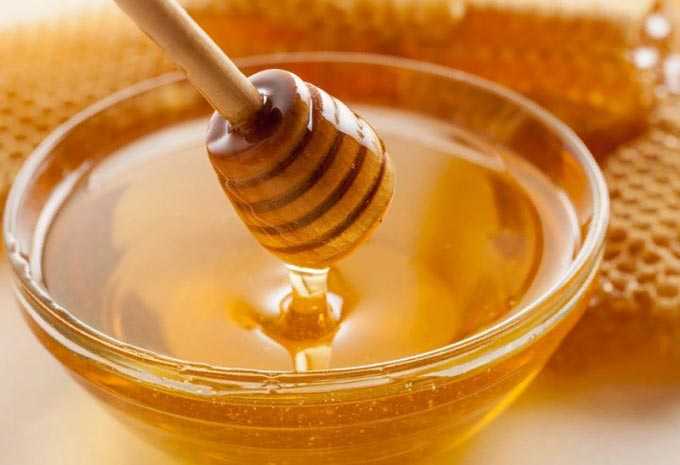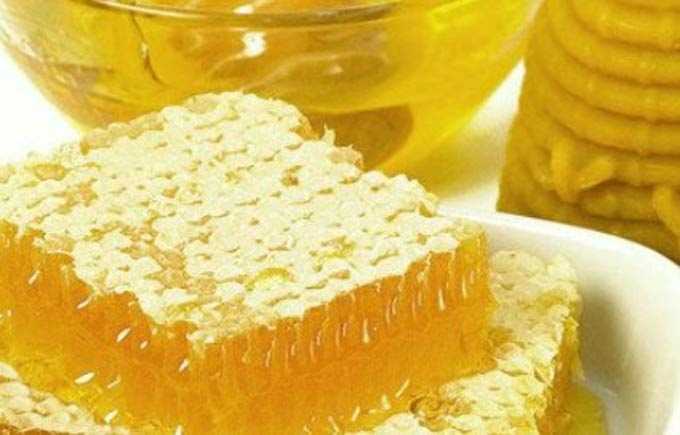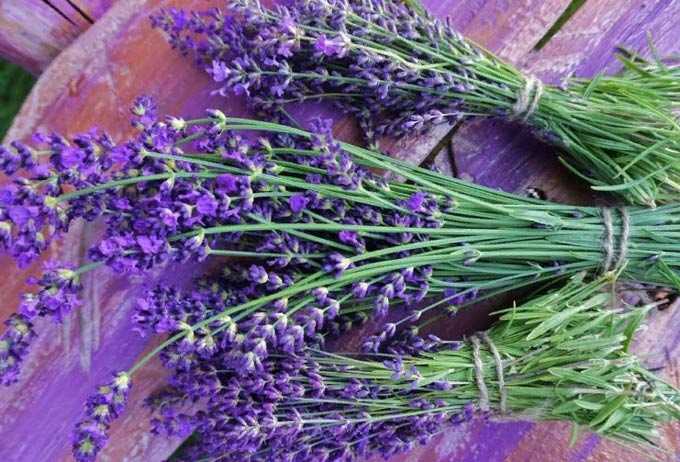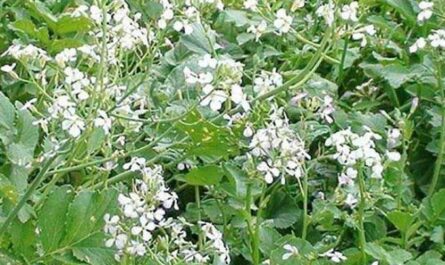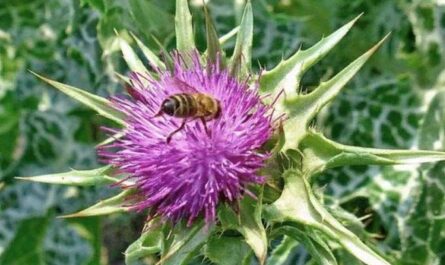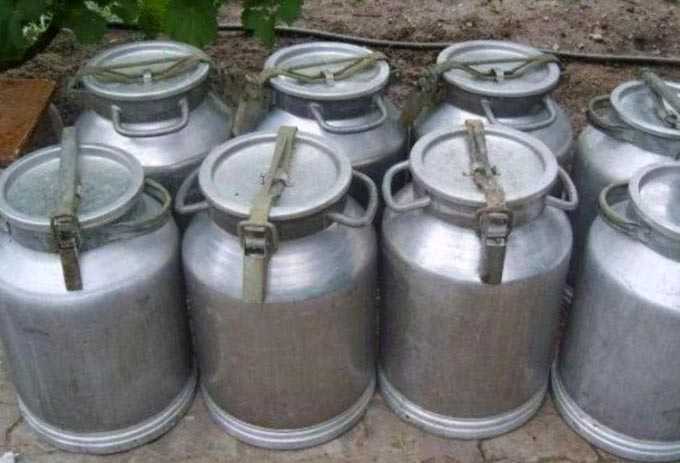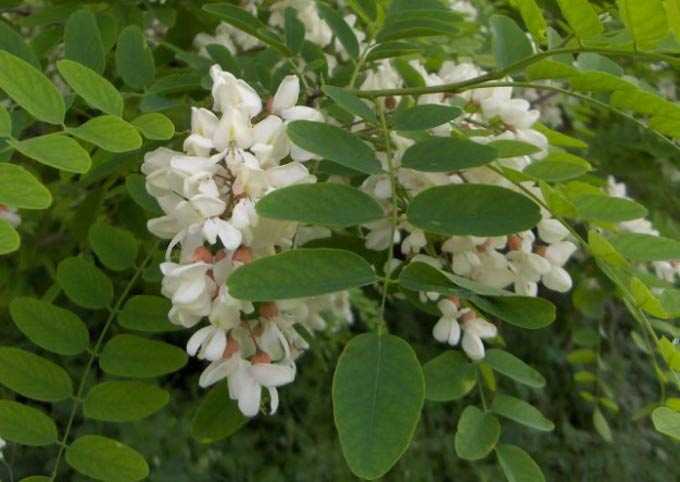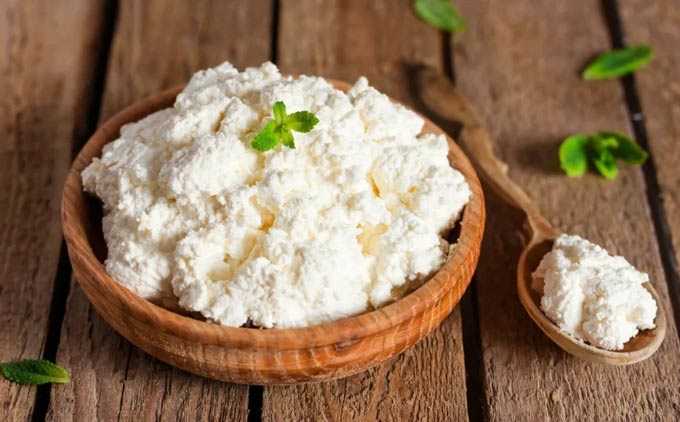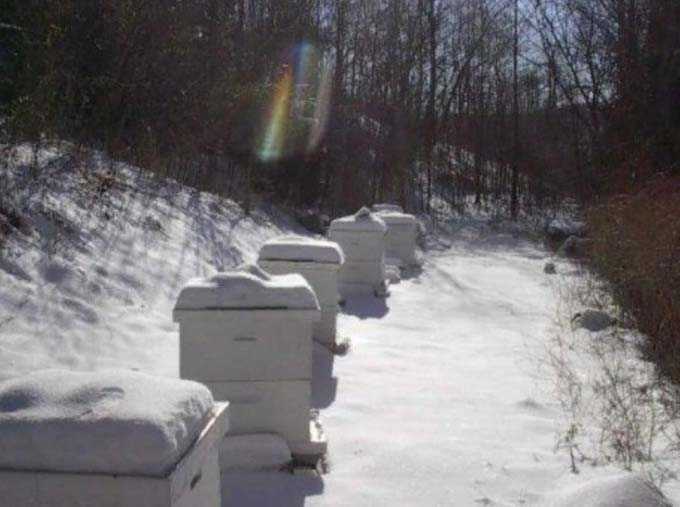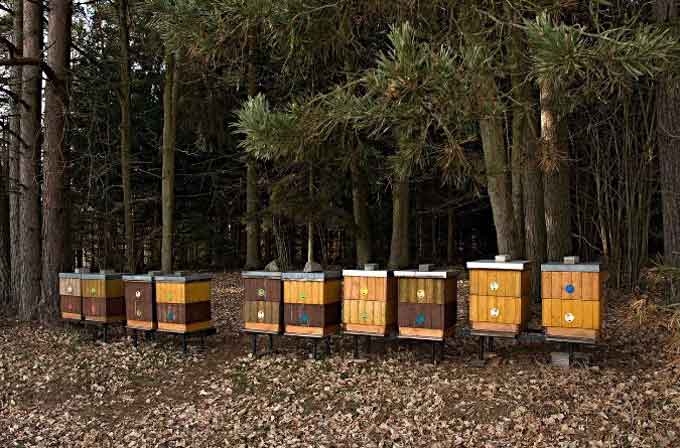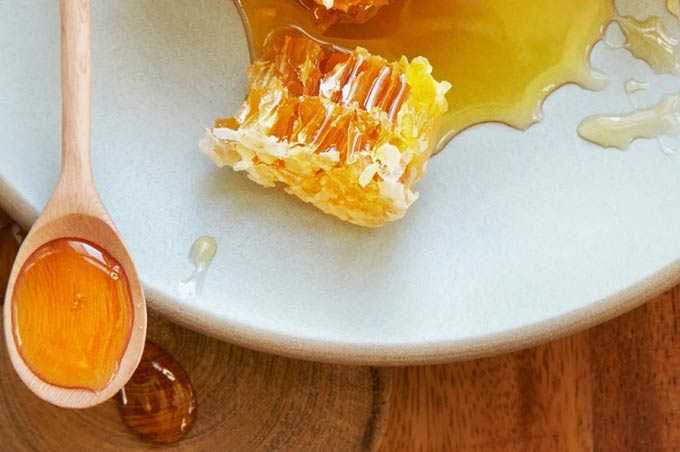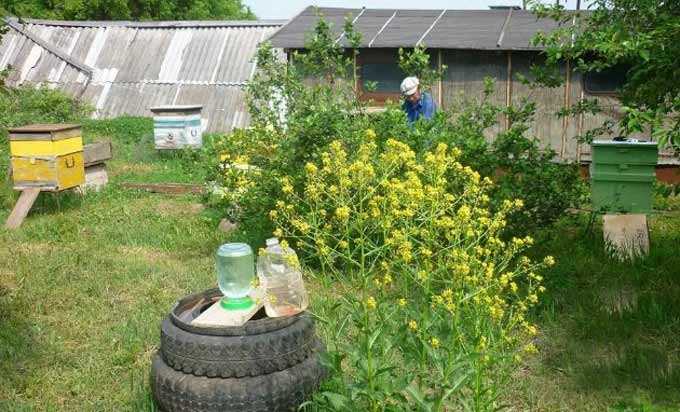No matter how much the beekeeper cares about the honey stocks of his wards, there are situations when you cannot do without feeding the bees with sugar. On some beekeeping forums, there are unique people who categorically declare that sugar for bees is a kind of drug addiction. If you start giving sugar to the bees, you will not see honey or strong families. But many years of experience and practice of beekeeping in various climatic zones of our planet directly prove the opposite!
And in winter, and in spring, and in early autumn, and even in summer, a situation may arise when feeding bees with sugar syrup is absolutely necessary not only for development, but also for the very physical survival of bee colonies.
The content of the article
- 1 Why you need to feed
- 2 About proportions depending on the season
- 2.1 Winter
- 2.2 Spring
- 2.3 Summer
- 2.4 Autumn
- 3 About inverting
- 4 Cooking table
- 5 Cooking Rules
Why you need to feed
Feeding bees with sugar syrup in winter it is necessary to replenish food reserves after waking up the colony and the start of egg-laying by the uterus.
Feeding of bees spring sugar syrup is required to stimulate egg-laying, especially when, due to weather conditions, the bees cannot ensure the delivery of the required amount of fresh nectar to the hive.
Lettom in some regions there is a period of no take-away when stimulating sugar feeding is required to build up the family’s strength before the main bribe.
Finally feeding the bees in autumn sugar syrup is necessary to replenish the missing stocks for the wintering of families, to replace low-quality honey (honeydew or already highly crystallized, for example, sunflower).
In the northern latitudes, it is generally practiced to replace honey fodder in families with pure sugar syrup. There, this method of beekeeping is the only economically viable one.
About proportions depending on the season
Naturally, these different situations require different proportions of sugar syrup.
Winter
In winter, it is categorically not recommended to feed the bees with liquid food before the cleansing flight.!
The bees may think that bribes have begun, they will fly out of the hive in the frost and die. In such cases, it is better to take the frame from the edge of the nest or even from the beehive with a dead family and put it under insulation over the frames, after warming it up.
Read: Feeding bee colonies with old honey
Immediately after flying you need to make a syrup in a ratio of 2 parts sugar to 1 part water (2: 1)… This concentration is best suited for winter feeding.
Spring
With the beginning of spring to stimulate egg production recommended syrup 50% concentration (1: 1)… Such feeding most closely mimics the natural bribe and contributes to the best build-up of the family’s strength for the summer bribe. For example, in those regions where white acacia blooms in mid-May, incentive feeding with sugar syrup should be started in mid-February, i.e. 85-90 days before the start of the first commodity bribe in the region.
Summer
The same composition (1: 1) syrup is recommended for bees in the summer..
If, due to rains or, on the contrary, drought, flower nectar does not enter the hives for a long time, the queens will almost stop sowing. Families will approach the main bribe weakened and, at most, will be able to apply honey only to themselves, leaving the beekeeper without profit, and in the worst case they will need autumn feeding for the winter.
It is best to give syrup in the summer in the evening, 200-300 grams per family, so that the bees process it overnight, and in the morning, if the weather normalizes, they can freely go for natural nectar.
Autumn
In the fall, in case of a lack of feed for wintering, the beekeeper feeds with sugar in the fall. The recommended concentration of syrup is (1,5: 1).
It is this kind of food that insects take from the feeders faster, wear out less and consume less sugar when processing it, placing it in cells and sealing combs.
About inverting
Some beekeepers prepare inverted syrup to feed the bees. It is easier for insects to digest.
It is important to meet three conditions here:
- the amount of invert (most often citric acid);
- temperature regime;
- inversion time.
It is recommended to take 1,4 gamma citric acid per liter of liquid syrup or 2 grams of invert per kilogram of sugar. The temperature of the liquid when adding acid should be between 80-90 degrees Celsius. The inversion process takes 70-90 minutes.
Cooking table
In order not to be mistaken in the proportions, beekeepers use a special table for the preparation of sugar syrup.
Cooking Rules
To prepare a solution of any concentration, the following conditions must be observed:
- You need to cook it in a clean, non-oxidizing dish.
- Sugar should preferably be taken pure, without impurities.
- The water needs to be boiled, then cooled a little and only after that add sugar, stirring it continuously until it is completely dissolved.
- After that, the solution should never be boiled, as some advise! Since boiling will contribute to the speedy crystallization and will negatively affect, for example, wintering.
- Feeding is best done in ceiling feeders.
It is better to start feeding in the fall one liter at a time, since each family takes food differently… It is important to prevent acidification of the solution in the feeders.
In our apiary we always try to leave a sufficient amount of honey in bee colonies at any time of the year. We practically do not resort to artificial feeding, fortunately, the fodder base surrounding the apiary allows us to do this. But in abnormally difficult years for bees (for example, in 2009 and 2018), they were forced to apply the autumn feeding described here, and were satisfied with the result.
